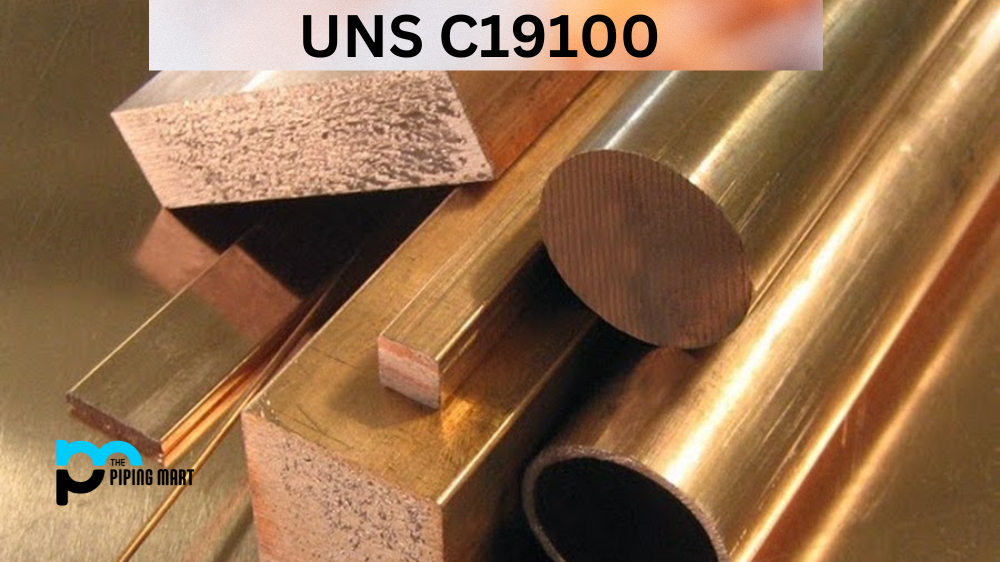Aluminium 6162 is an alloy of aluminum, magnesium and silicon that offers a wide range of benefits for use in many industries. Characterized by its high strength, corrosion resistance, and heat resistance, this alloy also stands out for its superior machinability and weldability. In this blog post, we’ll look at what UNS A96162 is and some of the advantages it offers.
6162 Alloy Composition
| Element | Content (%) |
|---|---|
| Aluminum, Al | 96.7 – 98.9 |
| Magnesium, Mg | 0.70 – 1.1 |
| Iron, Fe | ≤ 0.50 |
| Silicon, Si | 0.40 – 0.80 |
| Zinc, Zn | ≤ 0.25 |
| Copper, Cu | ≤ 0.20 |
| Chromium, Cr | ≤ 0.10 |
| Manganese, Mn | ≤ 0.10 |
| Titanium, Ti | ≤ 0.10 |
| Other (each) | ≤ 0.050 |
| Other (total) | ≤ 0.15 |
6162 Alloy Physical Properties
| Properties | Metric | Imperial |
|---|---|---|
| Density | 2.70 g/cm³ | 0.0975 lb/in³ |
6162 Alloy Equivalent
AMS-QQ-A-200/17
6162 Alloy Uses
Due to its excellent mechanical properties and corrosion resistance, aluminum 6162 has become a popular choice for many industrial applications. It is used in the automotive industry for body panels, engine parts and other components requiring strength, as well as in various construction projects where it provides superior corrosion protection. It is also used in the manufacture of electronic components due to its excellent thermal conductivity.
Corrosion Resistance
Aluminum 6162 offers excellent corrosion resistance due to its high magnesium content. This alloy forms a protective oxide layer on the surface which prevents further oxidation from occurring and helps protect against rusting or other forms of deterioration caused by exposure to moisture or chemicals. This makes it perfect for outdoor applications where protection against weathering is essential.
Heat Resistance
Aluminium 6162 has excellent heat resistance due to its high silicon content. This allows it to withstand higher temperatures than other aluminum alloys without losing its strength or becoming brittle over time. This makes it ideal for applications that require long-term exposure to extreme temperatures, such as automotive engines or industrial equipment operating in extreme environments.
Heat Treatment
Heat treatment can be used to increase the strength of aluminum 6162 by altering its microstructure through the application of heat and pressure. Common heat treatments include annealing (heating then cooling), quenching (rapid cooling), tempering (heating then cooling) and strain hardening (applying pressure). Each method produces different results that can be tailored to meet specific requirements, such as increased hardness or improved ductility (flexibility).
Machining
Machining aluminium 6162 can be challenging due to its fast cutting speeds and tendency towards work hardening (increased hardness). However, there are a few tips that can make machining easier, such as using sharp cutting tools with plenty of coolants and avoiding high cutting speeds when possible. Taking these steps will help ensure your process is efficient without compromising on the quality or accuracy of cuts.
Welding
Welding aluminum 6162 requires special attention because this alloy has a low melting point which can lead to distortion if not handled properly during welding operations. To prevent distortion during welding, preheating is recommended before welding begins, followed by immediate post-weld cooling after fusion has been achieved. The use of specialized filler metals designed specifically for welding aluminum alloys can also help reduce warping while providing superior weld strength compared with traditional materials like steel or copper wire rods.
Conclusion:
With its impressive combination of strength, corrosion resistance and heat resistance, aluminum 6162 is an ideal choice for many industrial applications ranging from automotive parts manufacturing to construction projects requiring superior weather protection. Its machinability and weldability make it easy to work with while offering superior results compared with more traditional materials like steel or copper rod alloys – making it one of the most versatile aluminium alloys available today!

A passionate metal industry expert and blogger. With over 5 years of experience in the field, Palak brings a wealth of knowledge and insight to her writing. Whether discussing the latest trends in the metal industry or sharing tips, she is dedicated to helping others succeed in the metal industry.




